Cost Efficiency
Cost efficiency is emerging as a crucial driver in the Compact Electric Construction Equipment Market. While the initial investment in electric equipment may be higher than traditional options, the long-term savings associated with reduced fuel costs, lower maintenance expenses, and tax incentives make electric machinery increasingly attractive. Studies indicate that electric construction equipment can reduce operational costs by up to 30% over their lifespan. This financial advantage is particularly appealing to construction firms looking to optimize their budgets while maintaining high productivity levels. As more companies recognize the economic benefits of adopting electric equipment, the market is expected to expand significantly, with estimates suggesting a growth rate of 18% in the next few years.
Regulatory Support
Regulatory support is a significant driver for the Compact Electric Construction Equipment Market. Governments worldwide are implementing policies and incentives to promote the use of electric construction equipment. These regulations often include tax breaks, grants, and subsidies aimed at encouraging companies to transition from traditional diesel-powered machinery to electric alternatives. For example, certain regions have set ambitious targets for reducing greenhouse gas emissions, which directly impacts the construction sector. As a result, the demand for compact electric equipment is likely to surge, with projections indicating a potential market growth of 25% in regions with strong regulatory frameworks. This supportive environment not only fosters innovation but also accelerates the shift towards sustainable construction practices.
Technological Innovations
Technological innovations play a pivotal role in shaping the Compact Electric Construction Equipment Market. The integration of advanced technologies such as IoT, AI, and machine learning into electric construction equipment enhances operational efficiency and productivity. For instance, smart sensors can monitor equipment performance in real-time, allowing for predictive maintenance and reducing downtime. Furthermore, the development of more efficient battery technologies is extending the operational range of electric equipment, making them more viable for various construction applications. As these technologies continue to evolve, they are expected to drive the adoption of compact electric equipment, potentially increasing market penetration by 20% in the coming years. This trend underscores the importance of innovation in meeting the demands of modern construction.
Sustainability Initiatives
The Compact Electric Construction Equipment Market is experiencing a notable shift towards sustainability initiatives. As environmental concerns intensify, construction companies are increasingly adopting electric equipment to reduce their carbon footprint. This transition is driven by the need to comply with stringent environmental regulations and the growing demand for eco-friendly construction practices. In fact, the market for electric construction equipment is projected to grow at a compound annual growth rate of approximately 15% over the next five years. This growth is indicative of a broader trend where sustainability is not merely a preference but a necessity in the construction sector. Companies that invest in compact electric equipment are likely to enhance their market competitiveness while contributing to a more sustainable future.
Market Demand for Versatility
The demand for versatility in construction projects is driving the Compact Electric Construction Equipment Market. As construction sites become more complex, the need for equipment that can perform multiple functions efficiently is paramount. Compact electric equipment, known for their maneuverability and adaptability, are increasingly favored for urban construction projects where space is limited. This versatility allows contractors to utilize electric machinery for various tasks, from excavation to material handling, without the need for multiple machines. Consequently, the market for compact electric construction equipment is projected to grow by approximately 22% as contractors seek to maximize efficiency and minimize operational costs. This trend highlights the evolving needs of the construction industry and the role of electric equipment in meeting those demands.
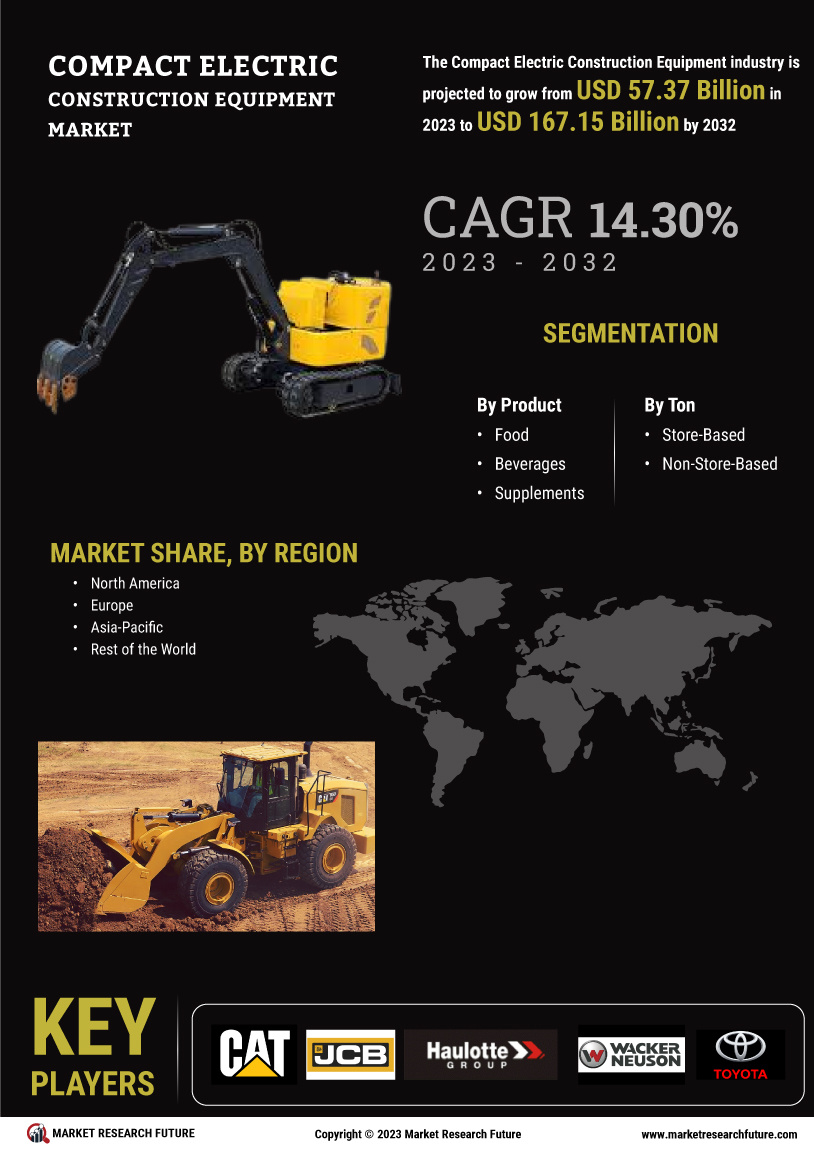

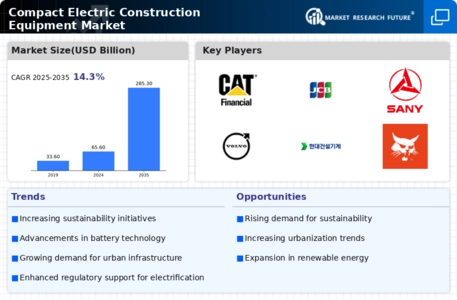
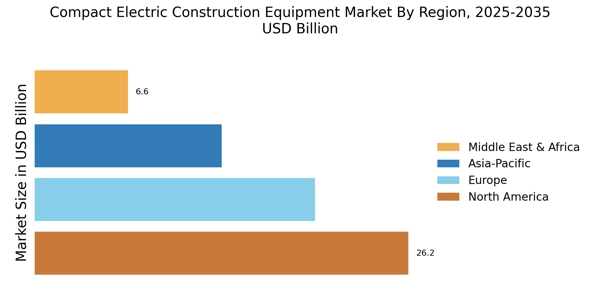

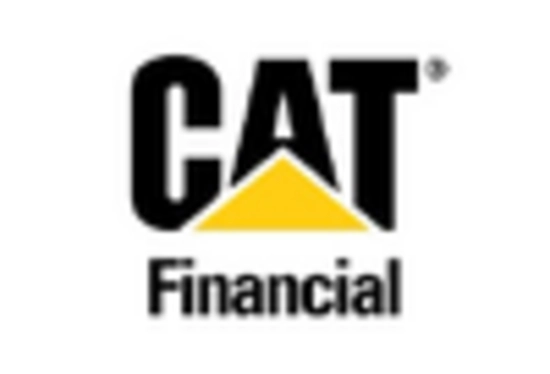



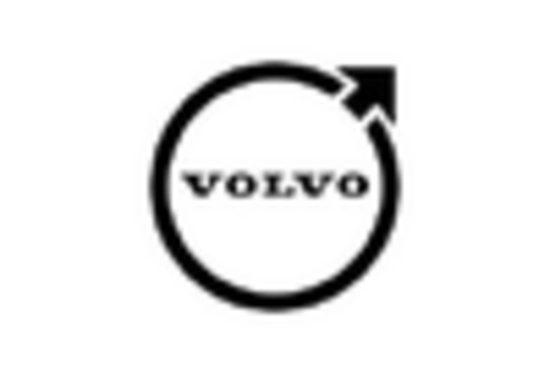








Leave a Comment